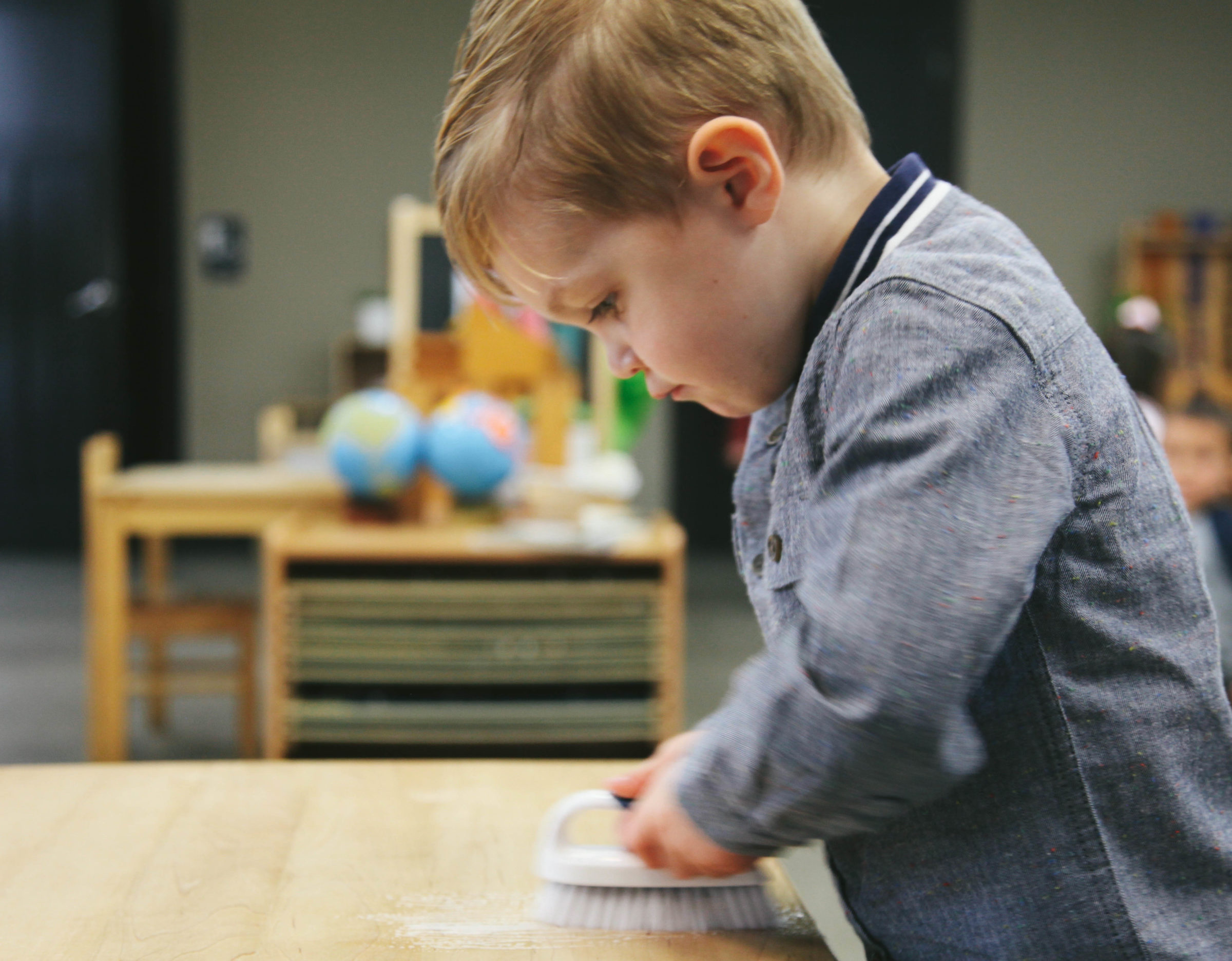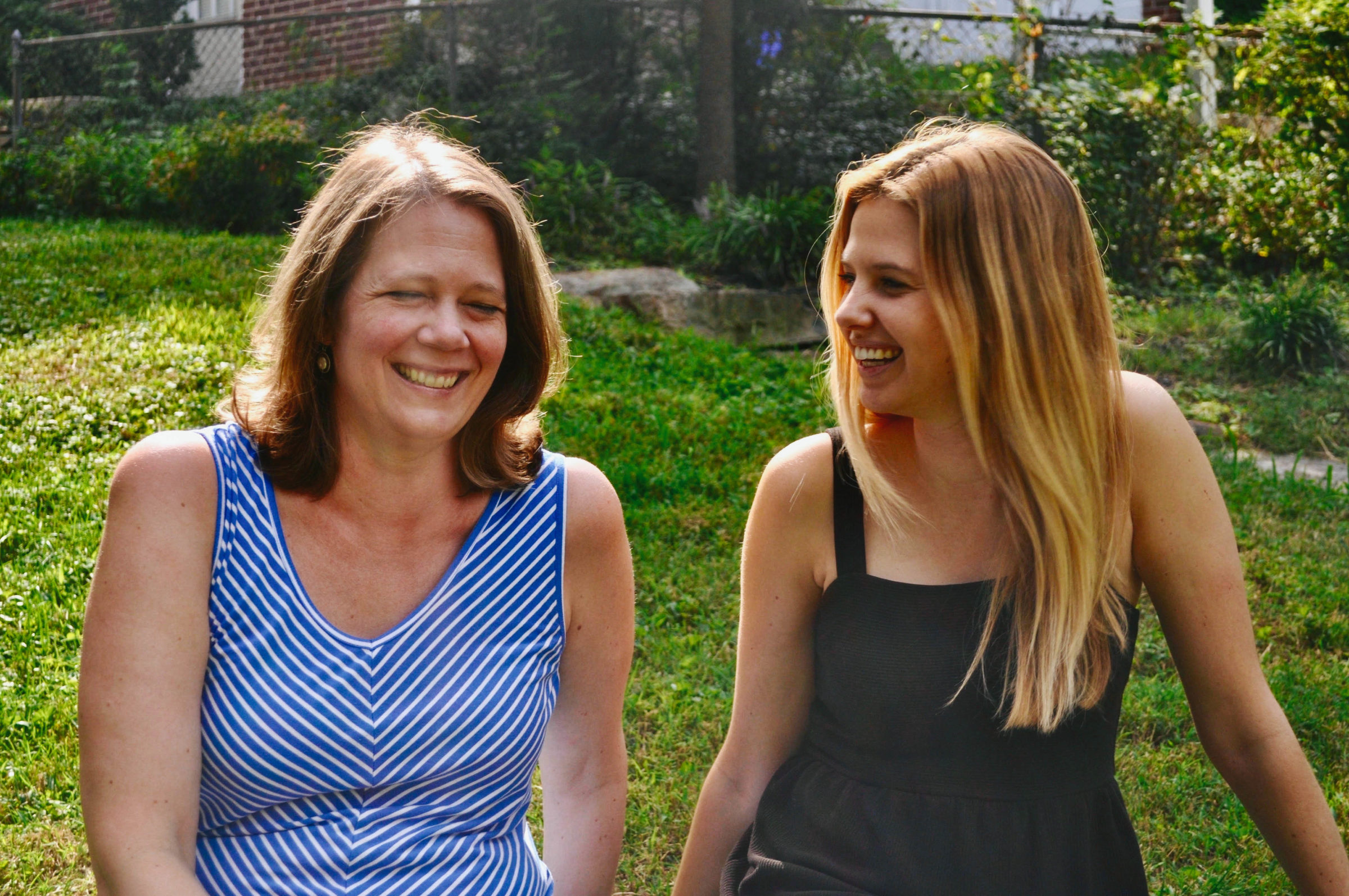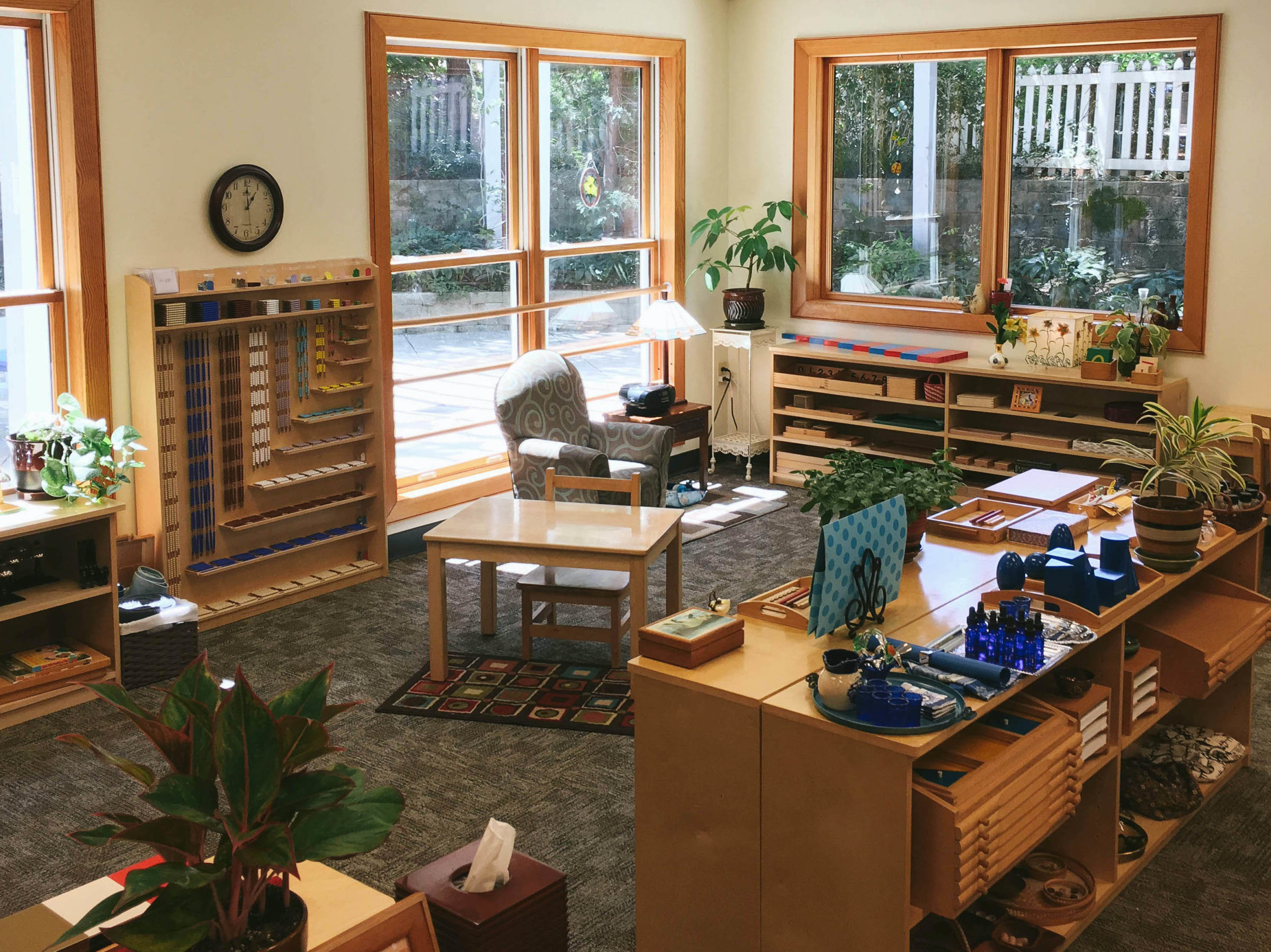Spotlight The Male Montessorian
Spotlights
Q: Can you tell us a little bit about yourself? Your background, your interests, your dreams?
My name is Sid Mohandas. I’m a Montessori educator, teacher trainer and the founder of The Male Montessorian (TMM). When I first started working in the Casa many years ago, it quickly became apparent that I was amongst the few ‘brave men’ to enter a traditionally female-dominated sector. Here in the UK, men’s representation in the early childhood sector has consistently remained low (about 2-3%). The past few decades have witnessed an increasing drive from the government to recruit more men to work with children. When I first started engaging with this, I found the discourses surrounding the recruitment of men quite unsettling. Quite often men were framed in reductive terms in these campaigns, privileging certain kinds of men performing certain kinds of masculinity. It is in this context I founded TMM. I believe if we truly want our spaces to be inclusive, we need to embrace far more nuanced understandings of diversity. Diversity is complicated and tangled, therefore any attempts to simplify it only run the risk of exclusion and marginalisation. Creating inclusive spaces is important for me. Currently for my doctorate I am exploring gender from a posthumanist perspective, which as the name suggests de-emphasises the human, and sees ourselves constantly emerging in relations with everything around us – both human and nonhuman. The focus is on the micro-moments of everyday life, therefore the knowledge produced is localised and situational. This not only moves away from single-story narratives, but also helps us to focus on the processual nature of knowledge.
Q: Now that the hardest question is out of the way: What’s your favorite color?
I don’t have a favourite colour, however I often find myself gravitating towards earth tones like umber, ochre, as well as more neutral tones such as beige, shades of white, gray and black. I do have to say here though that I am partially colour-blind, which makes the Colour Box III a dreadful material to present or work with!

Q: Do you have a favorite book?
I’ve been hooked onto the works of the feminist scholar and philosopher of science and technology Donna Haraway lately, particularly her book Staying with the Trouble: Making Kin in the Chthulucene. I feel a sense of urgency to unsettle unhelpful, dominant narratives that stifle other ways of seeing our worlds. Haraway in her book invites us to think deeply and differently by ruffling traditional notions of human transcendency, by seeing ourselves immanent, implicated by the nonhuman and more-than-human world. Our obsession with bounded individualism is of grave concern. I think this transdisciplinary surge in research towards posthumanities is partly a response to the crises we have gotten ourselves into. We are at the brink of an ecological disaster, evidenced by ongoing anthropogenic effects that are decimating plants and animals, polluting oceans and rivers, producing atmospheric change, creating inequalities, and so forth. And there is no easy solution as we are coded into the problem. Haraway (2016) is interested in ‘modest possibilities of partial recuperation and getting on together…staying with the trouble’ (p.12).
Q: When you close your eyes late at night, and imagine waking up and starting a new adventure: what is that adventure?
I would be at the library or a museum trawling through archives…. I have a fascination for Montessori history. I could spend hours sifting through historical documents, photo archives, biographies, journals in search for knowledge that would add more layers to my understanding of Montessori. In fact I have recently started a Facebook page called Montistory where I share historical photos I have collected over the years. It has helped shift my perspectives significantly. I think we have a tendency to glorify the past, and what I quite often find is that when we see photos of early Montessori classrooms, it unsettles our perceptions of ‘good Montessori practice’. In some ways it enables us to loosen our grip on rigid expressions of Montessori. I can tell you that some of those early classrooms would fail miserably if they were judged by some of the standards we gauge Montessori classrooms today.

Q: What first appealed to you about Montessori?
I vividly remember sitting across a psychotherapist friend in a café in Uppsala, Sweden, as she shared how the many issues we face as adults often have their roots in childhood. This got me thinking, searching on the internet for different pedagogical approaches, and I came across Montessori. The respect with which Montessori spoke of children was new to me. It took me back to my own experiences as a child. I grew up in a time when it was believed ‘children should be seen, and not heard’. Very often you hear the voices of parents, teachers, policymakers, and politicians, while the child is often the silent recipient of all things. Everything is done for and to her. Therefore, granting children freedom, voice and agency touched the child in me that wished to be heard, listened to. I immediately bought The Secret of Childhood and what I saw in those pages was a deep-seated respect and trust in the inherent goodness of the child.
Q: What advice do you have for new Montessori adults?
It is my advice to myself and to every Montessori adult: to be deeply curious. Curiosity underpins the work we do. Its etymology has the connotation of subtle care and attention. You are curious only when you deeply care. And I believe we owe it to children. There comes a time when those Montessori albums become an impediment. Montessori was far more concerned about ‘the spirit triumphing over the mechanism’ (Montessori, 1997, p.7). It is a far more unpredictable and uncomfortable endeavour. Our attempts to replicate an image of Montessori that we have in our heads will always leave us frustrated, because life is quite indeterminate.

As a newly qualified teacher I remember going through the phase of meticulously following the albums in my presentations, so much so that I sometimes became oblivious to children and their worlds. As I became more attuned, I realised that I could adapt the presentations based on where each child was at, without losing sight of its rationale. However, my view on presentations considerably changed when I was put in charge of leading a classroom of 38 children. I realised that my role as the ‘arbiter of the materials’ was displaced, with that role often taken up by competent children in the classroom. Staying curious is about opening up new possibilities. It is about being okay with incomplete, partial and shifting knowledges. Can we handle not being the transcendent observer? Can we handle not knowing or having the answers?
Q: What’s your favorite Montessori quote?
‘I give very few lessons on how to give lessons, lest my suggestions – becoming stereotypes and parodied – should turn into obstacles instead of help. The directress is dealing with different personalities and it therefore becomes more a question of how she should orient herself in what is for her a new world, rather than any rigid and absolute rules’ (Montessori, in Standing, 1998, p.307).
Q: What advice do you have for new parents trying to incorporate Montessori at home?
Parents today are bombarded with a constant flow of information – most often contradictory, fear-inspiring and unhelpful. There is on the other hand no scarcity in good parenting books or websites, but it can be hard to sieve through to decide what works best for you and your child. So most importantly, I would say, let your child and her emerging relations be your primary guide. Allow yourself to relax and enjoy her presence. Think, feel and be curious with her. Don’t let the world around you hurry you or her up. Give yourself some slack. I like that meme that says, ‘Perfect parents exist, but they do not have kids yet’. And that is so true. I feel we need to embrace Donald Winnicott’s notion of being a ‘good enough parent’. It is important that the template children have of their parents is an imperfect one, as it allows for them to be imperfect themselves.

Q: What do you think is the best introduction to Montessori?
The best introduction to Montessori is harmonious, peaceful and ethical living. The cosmic angle is important here, but ‘the personal is political’ angle of the second wave feminism is important too. What I have come to realise over the years is that our work is deeply political. We fool ourselves when we think we can take an apolitical stance. As the particle physicist, Karen Barad (2007, p.253) emphasises ‘All real living is meeting. And each meeting matters.’ Every encounter, every material we employ in the classroom has its unique and troubled histories; they tell us very important stories. Stories of globalisation, corporate capitalism, cheap labour, poor working conditions, carbon footprinting, unsustainable foresting practices, industrial pollution… Like I said earlier, we are coded into the problem. There is no easy answer or quick fixes. Perhaps making ethical choices is a start. For me therefore, being a Montessorian intensifies our ethical responsibilities not just to children, but to all those processes and people involved in ‘doing’ Montessori. This definitely includes how staff are treated and listened to, where we buy our furniture/materials, our policies on diversity and inclusion, as well as matters relating to pay and status of the teachers. Montessori is a messy undertaking.
Q: What continues to inspire you about Montessori?
I am continually in awe of how deeply respectful Montessori practice is. That respect is not only evident in the freedom and agency children have, for instance to indulge in a work for as long as they please without being interrupted, but it is also reflected in the prepared environment.
I have been hypersensitive to overstimulation for as long as I can remember. Loud noises, bright colours, strong smells stress me out. My memories of my time in pre-school were very unpleasant. It was loud, overstimulating and chaotic, and I remember feeling deeply distressed by it. In fact, that is all I can remember apart from a head-on collision that left me with concussion. I didn’t feel I belonged to that space. In this regard, I feel a lot of pedagogical approaches fail to create inclusive spaces because of false notions of ‘fun’ and ‘play’. A few years ago I came across the National Autistic Society’s framework known as SPELL. SPELL is a framework for understanding and responding to the needs of those on the spectrum, and stands for Structure, Positive, Empathy, Low arousal, and Links. You can read more about it here. The Montessori approach does all of this so effectively without taking freedom, happiness and pleasure away. I believe there is a need to challenge simplistic views of play if we really want inclusivity to be seamless.

Q: In what ways do you envision the future of education?
I believe it is imperative for us to re-engage with Montessori’s cosmic education. The current surge in posthumanities that I spoke of earlier aligns well with it. Therefore, I see the future of education displacing human-centric framings of the world, to see ourselves as intricately entangled with the nonhuman world. Montessori seemed to have sensed this need to realign ourselves, even more towards the end of her life. Four months prior to her passing, in a message to UNESCO she shared ‘We find ourselves at a moment in time in which spiritual life is neglected and materialism is extolled as a virtue; in which physical prowess of human beings has surpassed that of nature and in which we glimpse the horror of universal destruction’ (Montessori, 1951, p.8). Scientists in fact have a name for this period. It is called Anthropocene. It refers to the period where human activity has had a dominant influence in destabilising our earth. In response, Haraway (2016) proposes an epoch called the Chthulucene, a word derived from chthon meaning ‘earth’ in Greek. Chthulucene for Haraway refers to all the processes we need to engage in so as to make our worlds livable again. I think that is a fair proposition that we can all get behind.
References
Barad, K. (2007) Meeting the Universe Halfway: Quantum Physics and the Entanglement of Matter and Meaning. London: Duke University Press.
Haraway, D.J. (2016) Staying with the Trouble: Making Kin in the Chthulucene. London: Duke University Press.
Montessori, M. (1997) The Discovery of the Child. Oxford: ABC-Clio Press.
Standing, E.M. (1998) Maria Montessori: Her Life and Work. New York: Plume
Written by:
Charlotte Snyder



